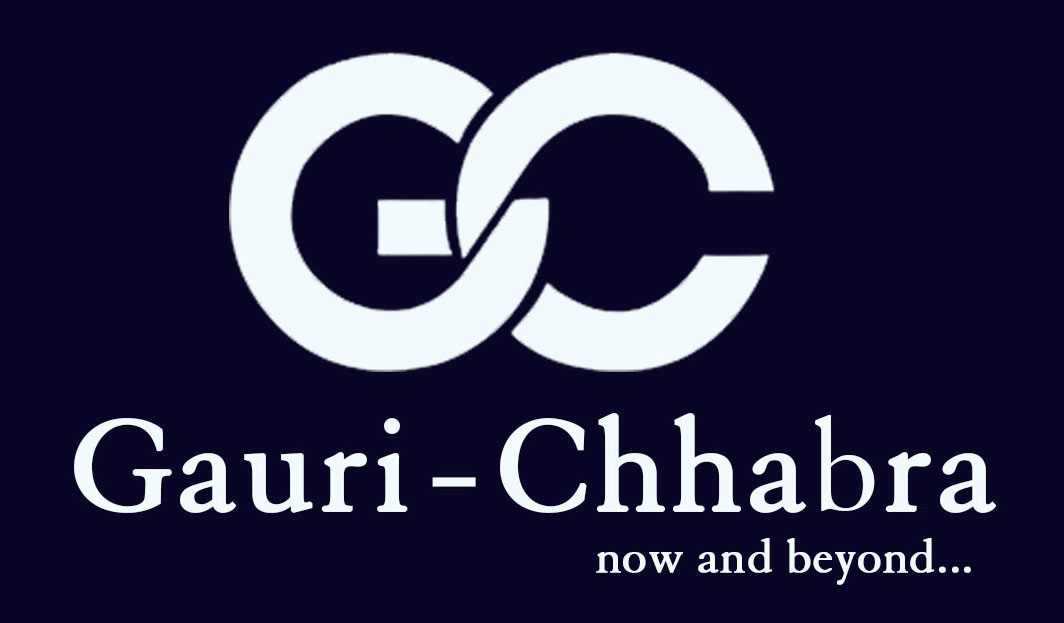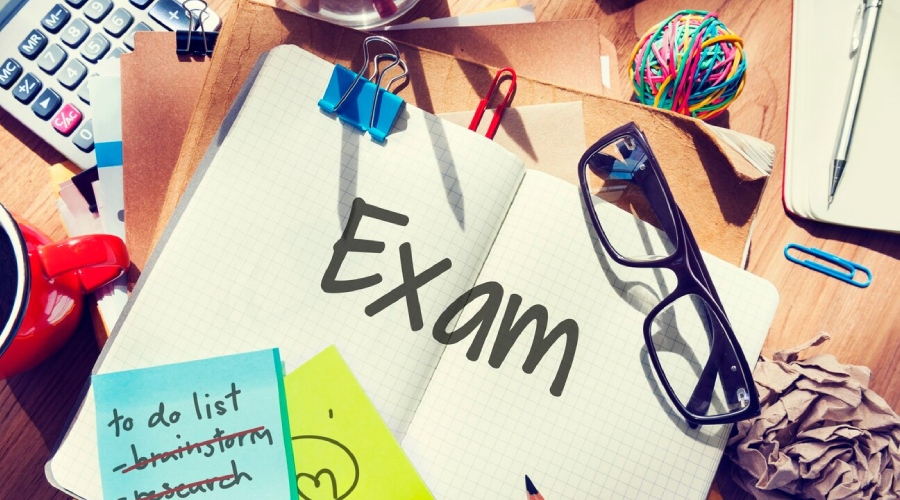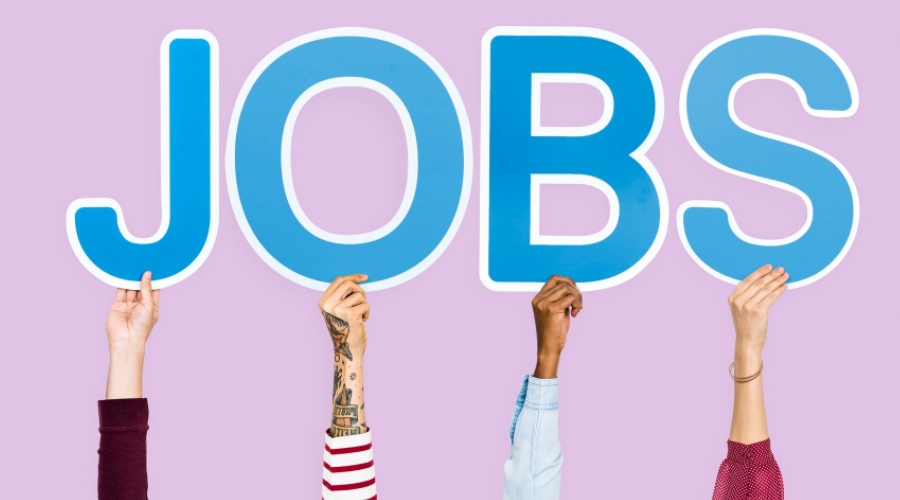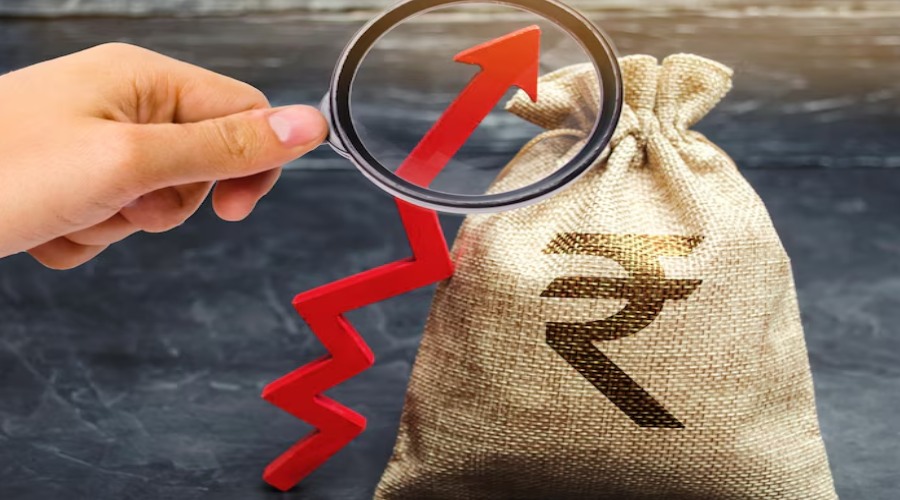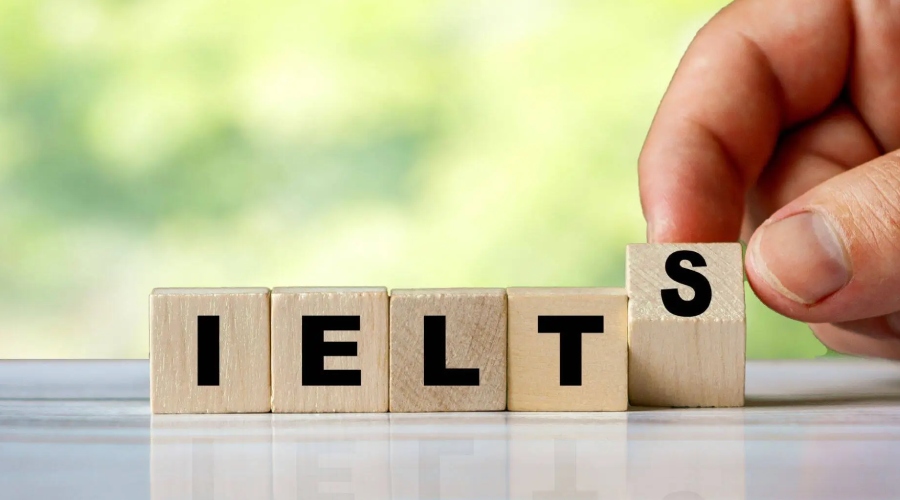In Spite of the mushrooming of Engineering colleges, Engineering still happens to be one of the most coveted career options today. This is due to two reasons- one it paves the pathway to dynamism in career and secondly, due to the fact that Engineering graduates have more access to Public sector undertakings which are less affected by economic crests and troughs.
If you are looking for a career in which you can couple prestige and lucre, besides being immunised to a certain extent to the economic swirls, Hindustan Aeronautics Limited,HAL is a great opportunity for you.
Opportunities for Engineers in HAL
Hindustan Aeronautics Limited or HAL, is a public sector enterprise that designs, manufactures and maintains aircrafts for the Indian Air force and Indian Navy. HAL has been successful in numerous R & D programs developed for both Defence and Civil Aviation sectors. :Headquartered in Bangalore, HAL has 19 Production Units and 10 Research & Design Centres in 8 locations in India. It offers a broad spectrum of jobs for Engineering graduates that involve Design, Development, Manufacture, Repair, Overhaul and Upgrade of Aircraft, Helicopters, Aero-engines, Industrial & Marine Gas Turbines, Accessories, Avionics & Systems to Structural components for Satellites & Launch Vehicles.
With India’s thrust on Make in India’, HAL offers a plethora of options for Engineering graduates from Electrical or Computer Science or Aeronautical Engineering or Metallurgy or Mechanical Engineering. You can also join as a pilot and also as a trainee in case you have followed the diploma route.
A)Management/Design Trainees
For those graduates who want to pursue their career in the challenging aviation industry, HAL hires Graduate Engineers for the posts of Management Trainee /Design Trainee. These posts are generally available for multiple research, production, and design centers in India, and the recruitment is done on the basis of the score obtained in GATE. Management trainee is actually an intermediary post in the organizational structure of HAL and you can be in technical, Material Management, HR or Finance field.Management Trainees are in the fields of Civil Engineering, Electrical Engineering, Electronics Engineering, and Mechanical Engineering and Design Trainees normally find themselves in the fields of Electrical Engineering, Electronics Engineering, and Mechanical Engineering.
If you are in theGeneral/OBC (non-creamy layer), you must have an average of a minimum of 65% marks. For SC/ST/PWD categories, the eligibility score is 55%. For the final year students, Gen/OBC (non-creamy layer) category must have a minimum of 65% marks.SC/ST/PWD categories must have a minimum of 55% marks
Age Limit:
The upper limit for general category students is 28 years. However,age relaxation is given to OBC (Non Creamy Layer) candidates: 31 years, SC/ST 33 years and for PWD, it is 38 years.
B)Senior Test Pilots:
Educational Qualification
For a Senior Test Pilot, you need to be a qualified test pilot or a Qualified Flying Instructor / Pilot Attack Instructor in IAF / Indian Navy or Coast Guard. Prior experience as an Instructor at any Flight Training Establishment and a Qualified DSSC or TSOC or equivalent course would give you an edge over the others. You would also need to be proficient in handling tools for document creation and archival besides having good communication skills.
For a Senior Flight Test Engineer, you need to be a qualified flight test engineer with prior experience in Developmental Flight Testing and in AFTC / Tetra School /AFTPS etc. Here too, besides good communication skills, you need to be proficient in creating and archiving documents.
The age limit is 45 yrs. Relaxation in age limit in respect of Ex-servicemen and Serving Officers from the Armed Forces is extended as per rules.For candidates who had ordinarily been domiciled in the State of Jammu & Kashmir during the period of 01.01.1980 to 31.12.1989, upper age limit is relaxable by 5 years. However, the upper age limit with all relaxations shall not exceed 55 years.
Selection and Placement: Eligible candidates will be required to attend an interview at Bangalore to assess their suitability.
- C) Diploma Technicians:
Educational Qualifications:
To apply for HAL Diploma Technician, you must have a regular Diploma in Engineering in Mechanical / Electrical / Electronic disciplines from a recognised Institution / State Board of Technical Education under the 10+3 system. Your aggregate marks of all semesters for Gen/EWS/OBC should be 60% & above and for SC/ST, it can be 50% & above.
The age limit is 28 years. The upper age limit is relaxable to the candidates, subject to submission of requisite certificates:- a) SC/ST: Upper age limit is relaxable by 5 years for SC/ST candidates in respect of vacancies reserved for them; b) OBC-NCL: Upper age limit is relaxable by 3 years for OBC (Non-Creamy Layer) candidates in respect of vacancies reserved for them. The OBC candidates who belong to Creamy Layer should indicate their category as ‘General’ only. c) PwDs: Upper age limit is relaxable by 10 years for persons with Disabilities (PwDs) which will be over and above the relaxation admissible for candidates belonging to SC/OBC i.e. (15 years for persons belonging to Scheduled Castes and 13 years for persons belonging to Other Backward Classes, in respect of the posts reserved for them). Relaxation of age limit is applicable for PwDs irrespective of the fact whether the post is reserved or not, provided the post is identified suitable for Persons with Disabilities (PwDs).
Selection:
The selection will be done through Written Test. Candidates will be shortlisted for Written Test, based on the marks secured in the Qualifying Examination i.e. Diploma in Engineering.The Written Test will be of 2 ½ hours duration. The test will be in three parts, consisting of Multiple Choice Questions (MCQs). Part-I will consist of 20 questions on General Awareness, Part-II will consist of 40 questions on English & Reasoning. Part-III will consist of 100 questions on the concerned Trade. Each question carries one mark each and there is no negative marking.

